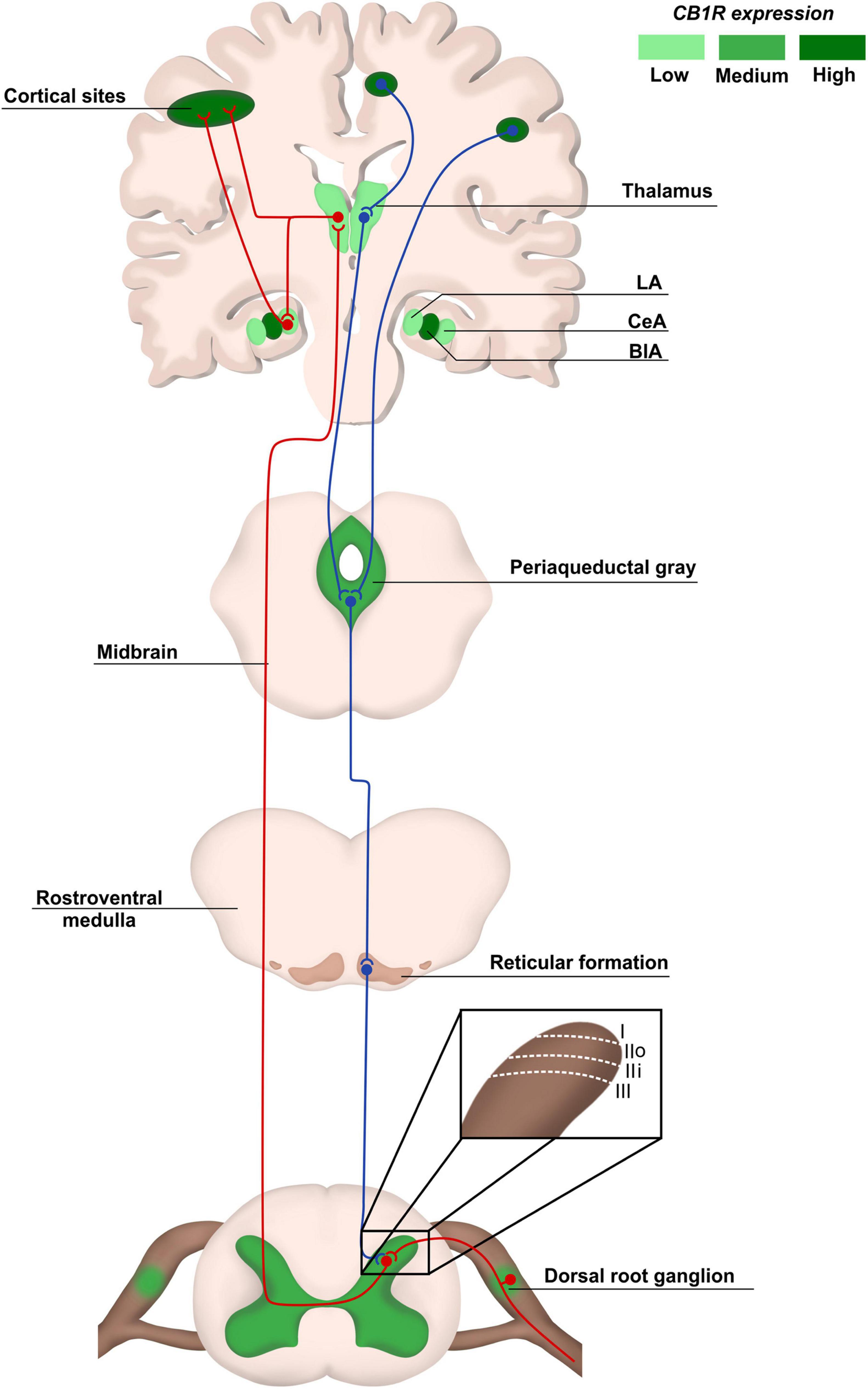
“Introduction: The current rate of opioid prescription is disquieting because of their high abuse potential, adverse effects, and thousands of overdose deaths. This situation imposes urgency in seeking alternatives for adequate pain management. From this perspective, this study aimed to evaluate the experience and the perceived analgesic efficacy of medical cannabis in managing the pain associated with musculoskeletal conditions.
Methods: A 28-question survey was distributed to patients at a major medical cannabis center in Puerto Rico for 2 months. Demographics, medical history, cannabis usage, cannabis use perspective, and analgesic efficacy were assessed in the questionnaire.
Results: One hundred eighty-four patients completed our survey. The majority (67%) were males, and the participants’ average age was 38 years. This study showed an average pain reduction score of 4.02 points on the Numeric Rating Scale among all the participants. Those with musculoskeletal conditions reported a notable average pain reduction score of 4.47 points. In addition, 89% of the participants considered medical cannabis to be more effective than narcotics for adequate pain management.
Conclusions: This study demonstrated that the use of medical cannabis among patients with musculoskeletal conditions effectively reduced pain levels based on their Numeric Rating Scale reported scores.”
https://pubmed.ncbi.nlm.nih.gov/35796526/
“This study showed that the use of medical cannabis among patients with musculoskeletal conditions effectively reduced pain levels based on their NRS reported scores. In addition, most patients using medical cannabis considered that this drug represents a better option than narcotics (ie, opioids) for adequate pain management.”







